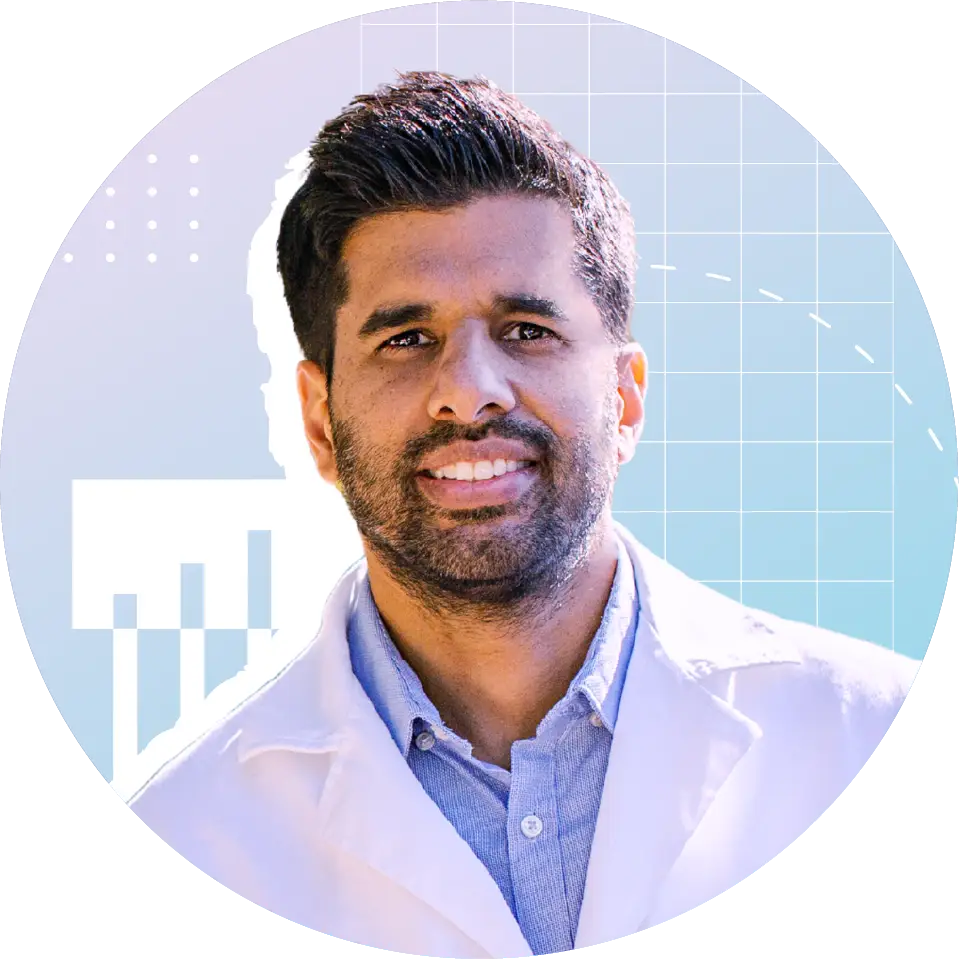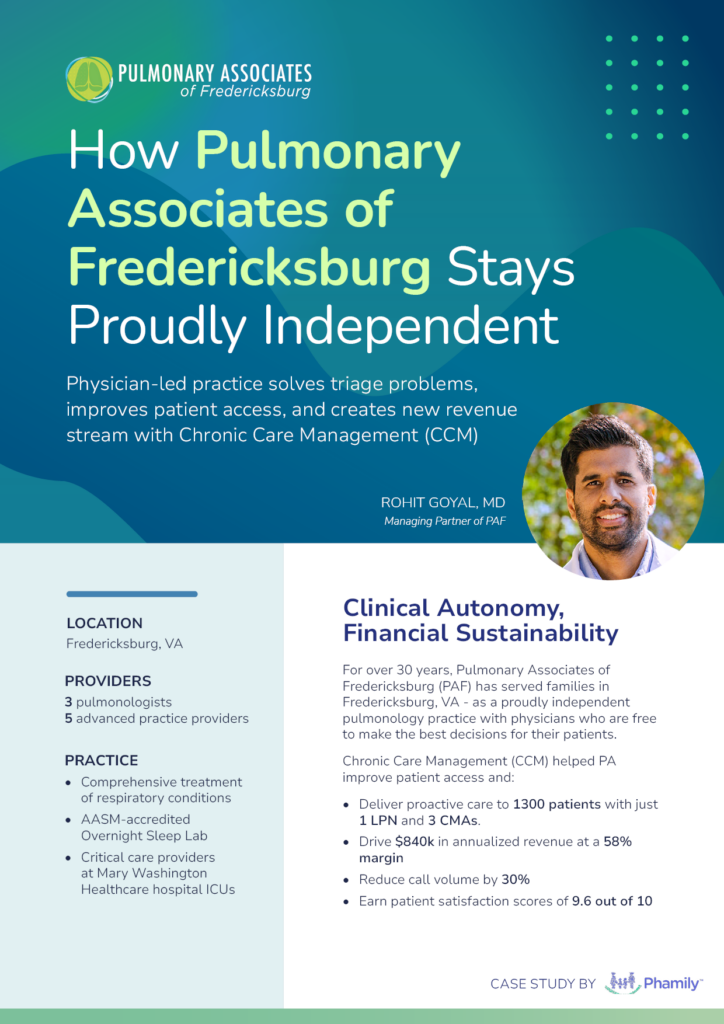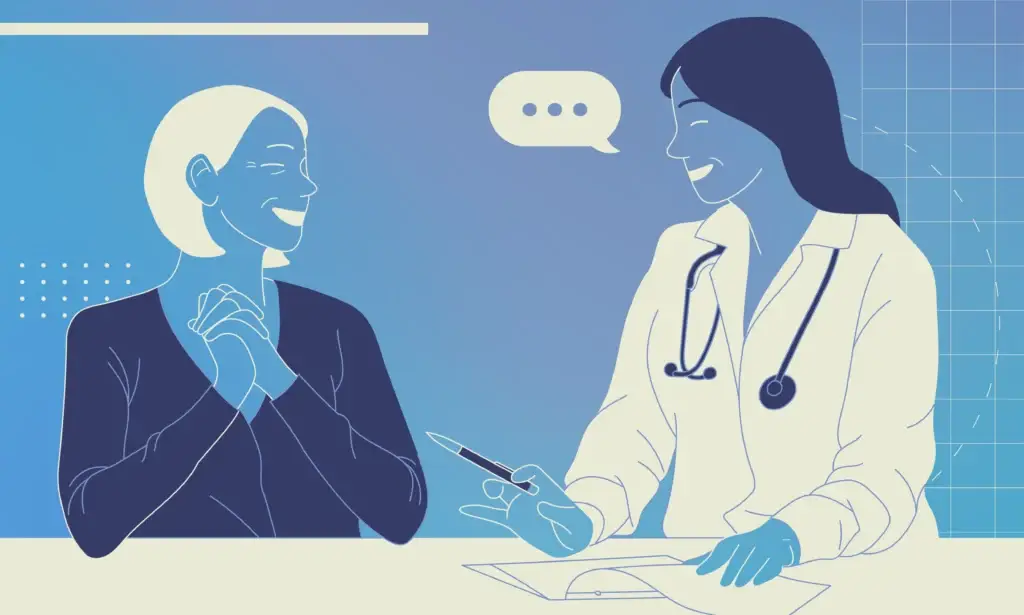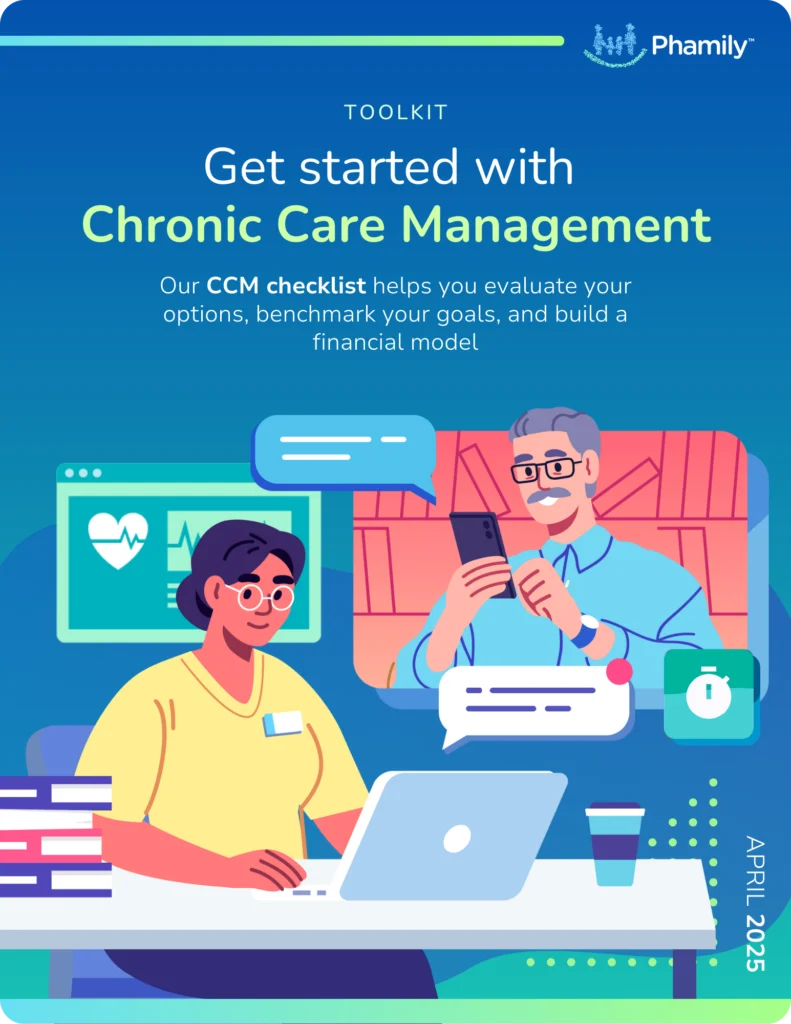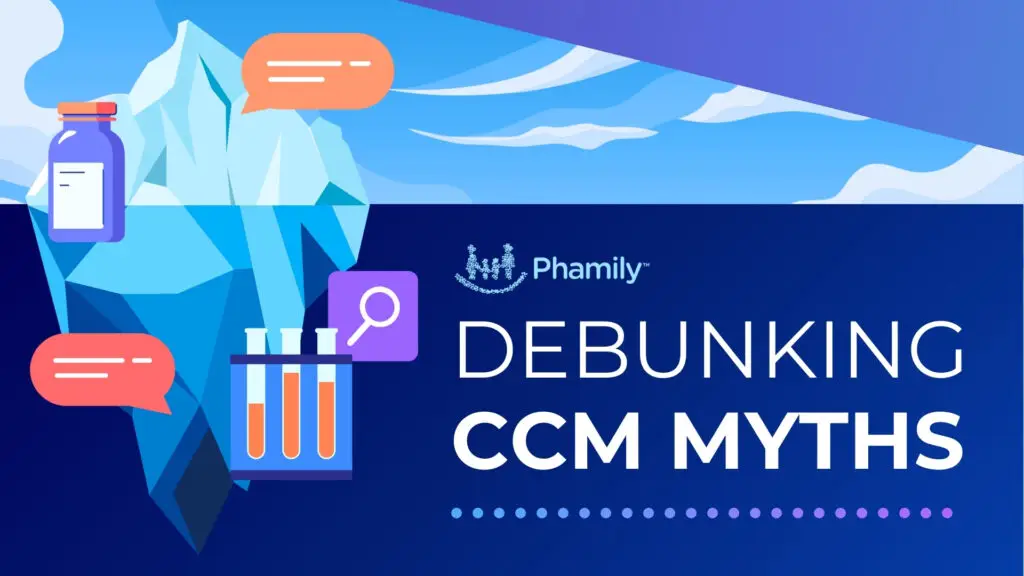Why Cutting Costs Won’t Save Your Independent Practice
Cost-cutting creates a vicious cycle. Savvy physician leaders focus on creating passive income instead.

Cost-Cutting: “A Race to the Bottom”
When faced with falling reimbursement and soaring overhead costs, many practices reflexively look at their costs. But cutting costs without adding revenue can compound the problem.
Managing partner Rohit Goyal, MD of Pulmonary Associates of Fredericksburg learned that lesson the hard way during COVID. He and his partners were grappling with the stress of being on the front lines of clinical care while trying to keep from having to close or sell their practice. Was cutting costs was the best way to navigate the financial challenges?
“One view was that the way to stabilize profits is to cut costs,” explained Dr. Goyal. “Pay less salary to our employees, hold bonuses that are probably due to our nurses and our front desk staff, downsize and even look for ways to save money from our providers and our own partners.”
But this approach to generating short-term savings can lead to long-term problems. A practice that tries to save money on staffing might ultimately lose patients and revenue – what Dr. Goyal calls a “race to the bottom”.
- Cutting staff leads to poor patient experiences, declines in patient satisfaction, and lost revenue.
- Reducing salaries or benefits leads to lower morale, lower productivity, and increased turnover – which comes with hidden costs.
“Cost cutting sounds great but leads to a vicious cycle leading to poor patient care and eventually revenue loss,” explains Dr. Goyal.
You Can’t Win on Defense Alone
Most practice leaders focus on playing defense: saving and surviving. But they need a strong offensive game too, where they seek out opportunities to build and grow their practice.
Practices that only play defense get sucked into a vicious cycle. Cutting services can mean losing patients and revenue, which means cutting additional services, which means losing more patients and more revenue—and can ultimately lead to practice collapse.
Over-aggressive cost cutting can make a practice vulnerable to closure or necessitate its sale to a health system or private equity firm. Pulmonary Associates of Fredericksburg faced this challenge during COVD.
“We had choices,” explained Dr. Goyal. “We could sell the practice to the hospital system, to private equity, or we could just close up shop. Or for me personally, I could just leave and find another position. Those were all easier options, but instead we decided to rebuild the practice and attempt to grow and flourish the practice. It was a really, really tough time. But looking back today, it was worth it.”
Physicians who value autonomy, flexibility, and independence deserve the choice to practice medicine in an independent, physician-led practice. But that means they need to play offense as well as defense. Smart cost control still makes sense. But physician leaders also need to seek out revenue growth opportunities.
“Today private practices can still survive and actually do pretty well,” explains Dr. Goyal. “But we must adopt and adapt and not manage practices like we did 20 years ago.”
What Growth-Oriented Practice Leaders Do Instead
Growth-minded practice leaders generate top-line revenue via passive income sources that improve patient care.
“As a clinician, your number one priority is your patient,” says Dr. Goyal.
When practice leaders can build service lines that improve patient care without adding more workload to physicians, everyone wins. Patients receive better care, and physicians and clinical staff have more time to spend with them. Extra help and compensation for clinical staff improves morale and reduces turnover. And practices have more financial stability.
Why Physicians Need Passive Income
“Most doctors make money with their stethoscopes,” laments Dr. Goyal. “They trade hours for dollars, and we only have a certain number of hours in the day. And that eventually will lead to burnout.”
Instead, physicians need to build passive income from revenue sources that do not depend on their time. “Initially, of course, we’re going to have to work to build that,” explains Dr. Goyal. “But the goal is for it to be on cruise control in the background and really not affect your day-to-day workload.”
“We have to diversify our income, look to create multiple streams of opportunity in our practice, adopt technologies and figure out how to leverage them, add service lines that complement what we already do and enhance our care to deliver them,” says Dr. Goyal.
Building Passive Income: A Virtuous Cycle
Cutting costs may lead to a vicious cycle of poor care, patient dissatisfaction, and revenue loss — but building passive income does the opposite. When physicians invest in strategic growth, they create a virtuous cycle.
“By building this passive income, that frees the provider to spend more time with their patients, leads to better, more effective appointments and better care and will increase your satisfaction scores from your patients,” says Dr. Goyal.
With additional income, practices can invest in additional staff to relieve workloads and provide better compensation, reducing burnout and turnover. Happier staff with more time for patients provide better care and increase patient satisfaction. More satisfied patients lead to practice growth and additional revenue from core clinical services.
Case Study: Pulmonary Associates of Fredericksburg
After COVID, Dr. Goyal’s practice pivoted. Under his leadership, Pulmonary Associates of Fredericksburg abandoned a cost-cutting-only mindset and embraced new revenue strategies, leading to higher patient satisfaction and better financial health.
In fact, the practice was able to generate an impressive 15% growth in revenue. In an era of declining reimbursement and rising costs, that top-line revenue growth can mean the difference between struggling to survive and thriving.
“If you can get with your partners and share ideas to build new revenue streams into the practice,” explains Dr. Goyal, “that may lead to increasing wages for your employees, happier employees, and just a happier work environment. I’ve seen that shift in our practice.”
“Through COVID, we were probably at the bottom, very unhappy, not just the partners,” he says. “I’m talking about our employees, our staff, and our patient satisfaction scores were very, very poor. But by shifting that paradigm, we’ve seen a huge turnaround and now everybody’s happy. Patient satisfaction scores have gone up; providers are happier and our staff is happier.”
WEBINAR
Thriving Independently:
Entrepreneurial Opportunities for Physician-Led Practices
Managing partner Rohit Goyal, MD of Pulmonary Associates of Fredericksburg takes an entrepreneurial approach to practice leadership. In this conversation with Darshan Bachhawat, Dr. Goyal will share lessons learned from his journey as a practice leader, including his implementation of Chronic Care Management at scale to deliver exceptional (and profitable) between-visit care.
The Bottom Line: You Can’t Cut Your Way to Success
Thoughtfully controlling costs is important for any practice. But growth should be the goal.
Strategic leaders like Dr. Goyal build seeking growth opportunities into their day-to-day practice management. Ask yourself:
- Is your practice playing only defense? Are you starting to see a vicious cycle of staff unhappiness, patient dissatisfaction, and revenue loss?
- Is your practice playing only defense? Are you starting to see a vicious cycle of staff unhappiness, patient dissatisfaction, and revenue loss?
- Do those growth strategies offer meaningful benefits to your patients that will improve care?
By finding passive income opportunities that are good fits for your specialty and practice culture, your independent practice can survive and thrive.
One significant strategy Dr. Goyal launched at PAF was Chronic Care Management (CCM). The CCM program at PAF provides high-quality between-visit care to 1,300 patients— while delivering $840K in annualized revenue at a 58% margin. I invite you to check out the full case study via the link below.
CASE STUDY
Pulmonary Associates of Fredericksburg
A physician-led practice in Fredericksburg, VA solved their triage problems,
improved patient access, and created new revenue
stream with Chronic Care Management (CCM).

Chief Revenue Officer
Darshan has 15+ years experience co-founding and building high growth healthcare technology businesses committed to improving access to care and quality of care. More about Darshan…

